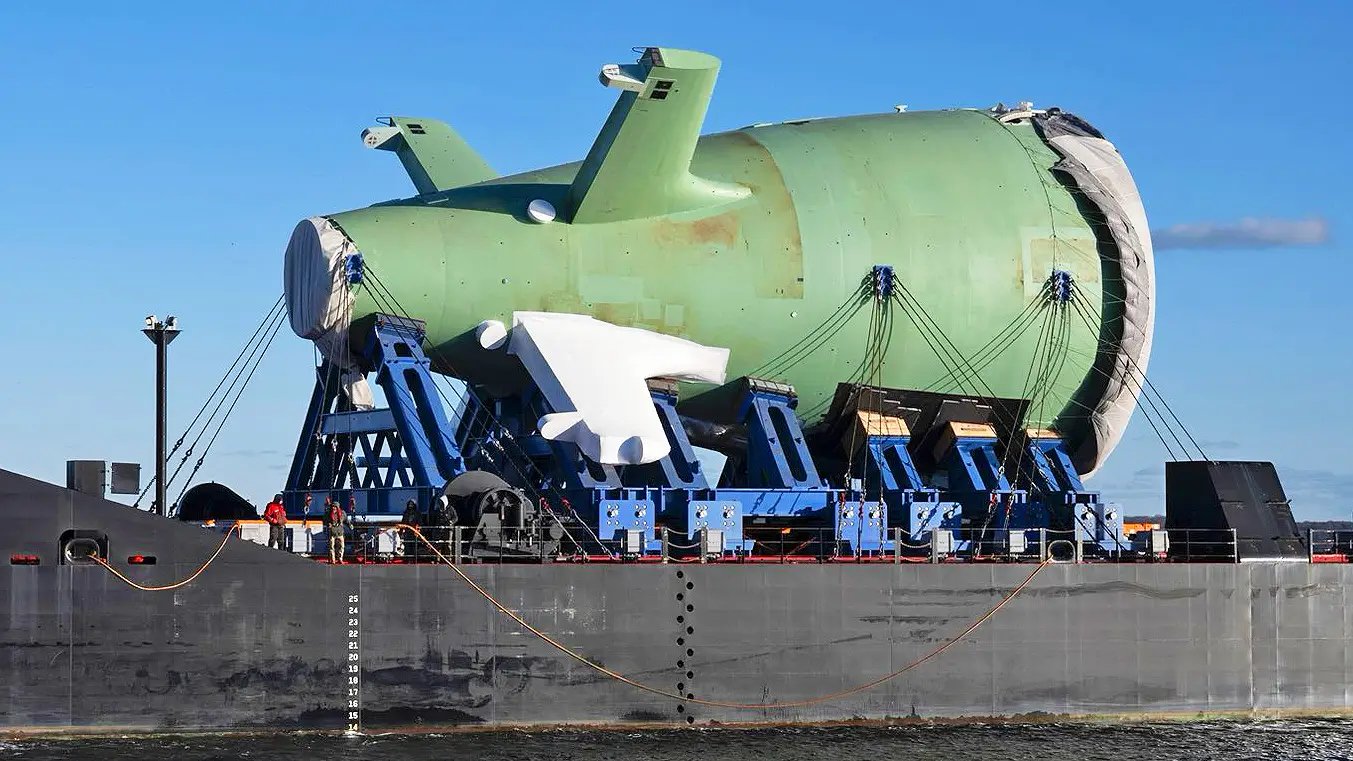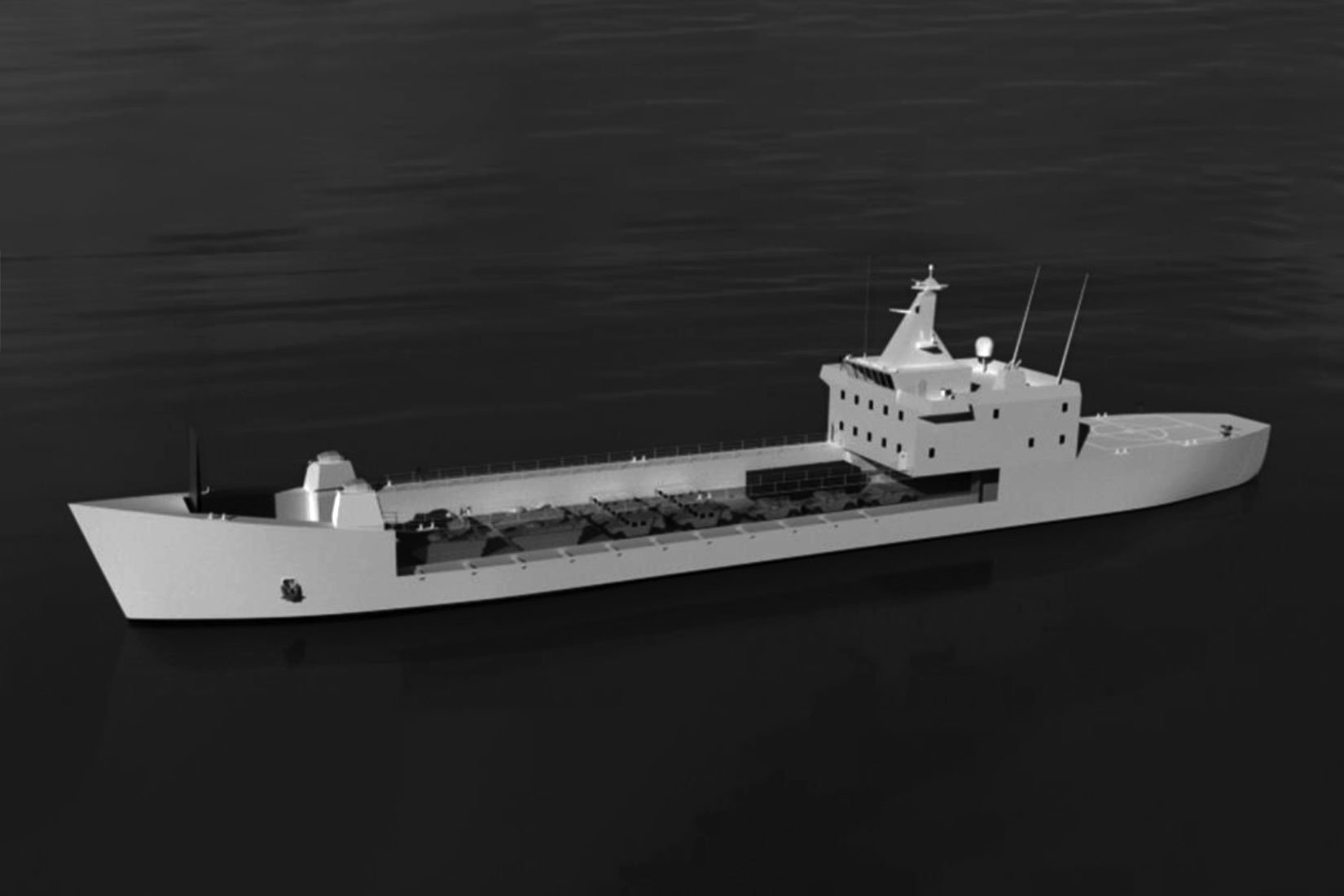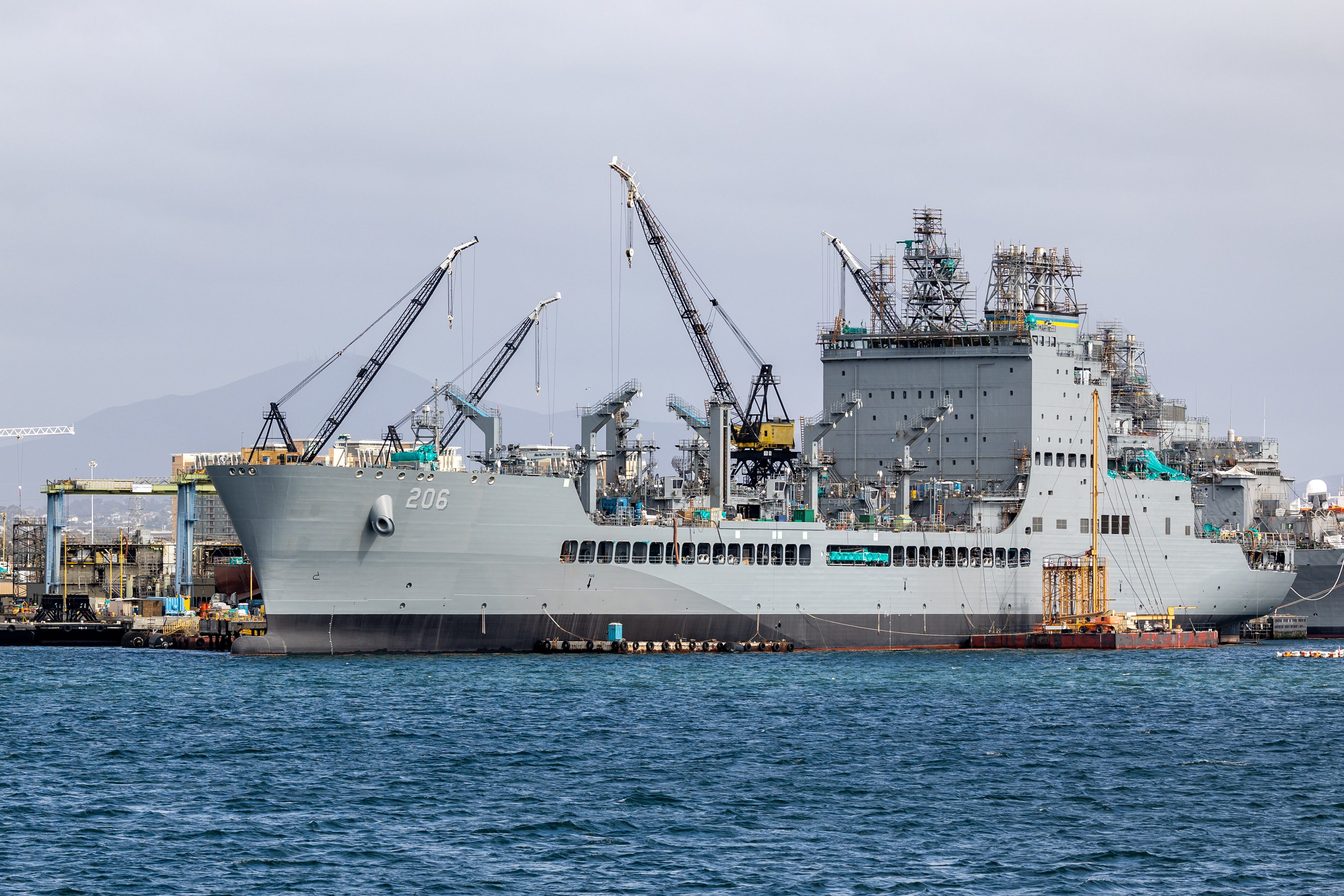The following is the Feb. 28, 2019 Congressional Research Service report, Navy Ship Names: Background for Congress.
From the Report
Names for Navy ships traditionally have been chosen and announced by the Secretary of the Navy, under the direction of the President and in accordance with rules prescribed by Congress. Rules for giving certain types of names to certain types of Navy ships have evolved over time. There have been exceptions to the Navy’s ship-naming rules, particularly for the purpose of naming a ship for a person when the rule for that type of ship would have called for it to be named for something else. Some observers have perceived a breakdown in, or corruption of, the rules for naming Navy ships. On July 13, 2012, the Navy submitted to Congress a 73-page report on the Navy’s policies and practices for naming ships.
For ship types now being procured for the Navy, or recently procured for the Navy, naming rules can be summarized as follows:
- The first Ohio replacement ballistic missile submarine (SSBN-826) has been named Columbia in honor of the District of Columbia, but the Navy has not stated what the naming rule for these ships will be.
- Virginia (SSN-774) class attack submarines are being named for states.
- Aircraft carriers are generally named for past U.S. Presidents. Of the past 14, 10 were named for past U.S. Presidents, and 2 for Members of Congress.
- Destroyers are being named for deceased members of the Navy, Marine Corps, and Coast Guard, including Secretaries of the Navy.
- Littoral Combat Ships (LCSs) are being named for regionally important U.S. cities and communities.
- Amphibious assault ships are being named for important battles in which U.S. Marines played a prominent part, and for famous earlier U.S. Navy ships that were not named for battles.
- San Antonio (LPD-17) class amphibious ships are being named for major U.S. cities and communities, and cities and communities attacked on September 11, 2001.
- John Lewis (TAO-205) class oilers, previously known as TAO(X)s, are being named for people who fought for civil rights and human rights.
- Lewis and Clark (TAKE-1) class cargo and ammunition ships were named for famous American explorers, trailblazers, and pioneers.
- Expeditionary Fast Transports (EPFs), previously called Joint High Speed Vessels (JHSVs), are being named for small U.S. cities.
- Expeditionary Transport Docks (ESDs) and Expeditionary Sea Bases (ESBs), previously called Mobile Landing Platform (MLP) ships and Afloat Forward Staging Bases (AFSBs), respectively, are being named for famous names or places of historical significance to U.S. Marines.
Congress has long maintained an interest in how Navy ships are named, and has influenced the naming of certain Navy ships. The Navy suggests that congressional offices wishing to express
support for proposals to name a Navy ship for a specific person, place, or thing contact the office of the Secretary of the Navy to make their support known. Congress may also pass legislation relating to ship names. Measures passed by Congress in recent years regarding Navy ship names have all been sense-of-the-Congress provisions.
Download the document here.





